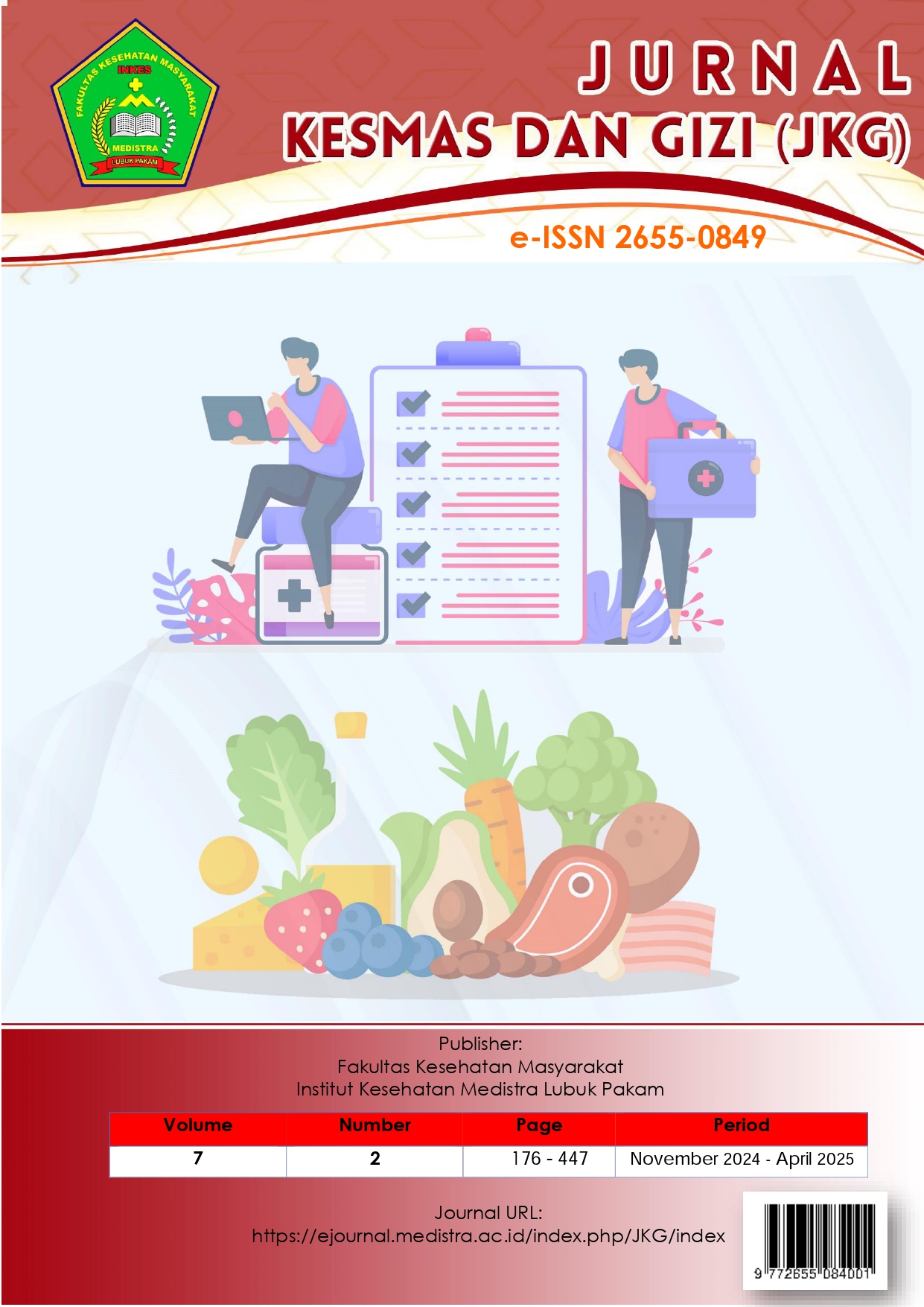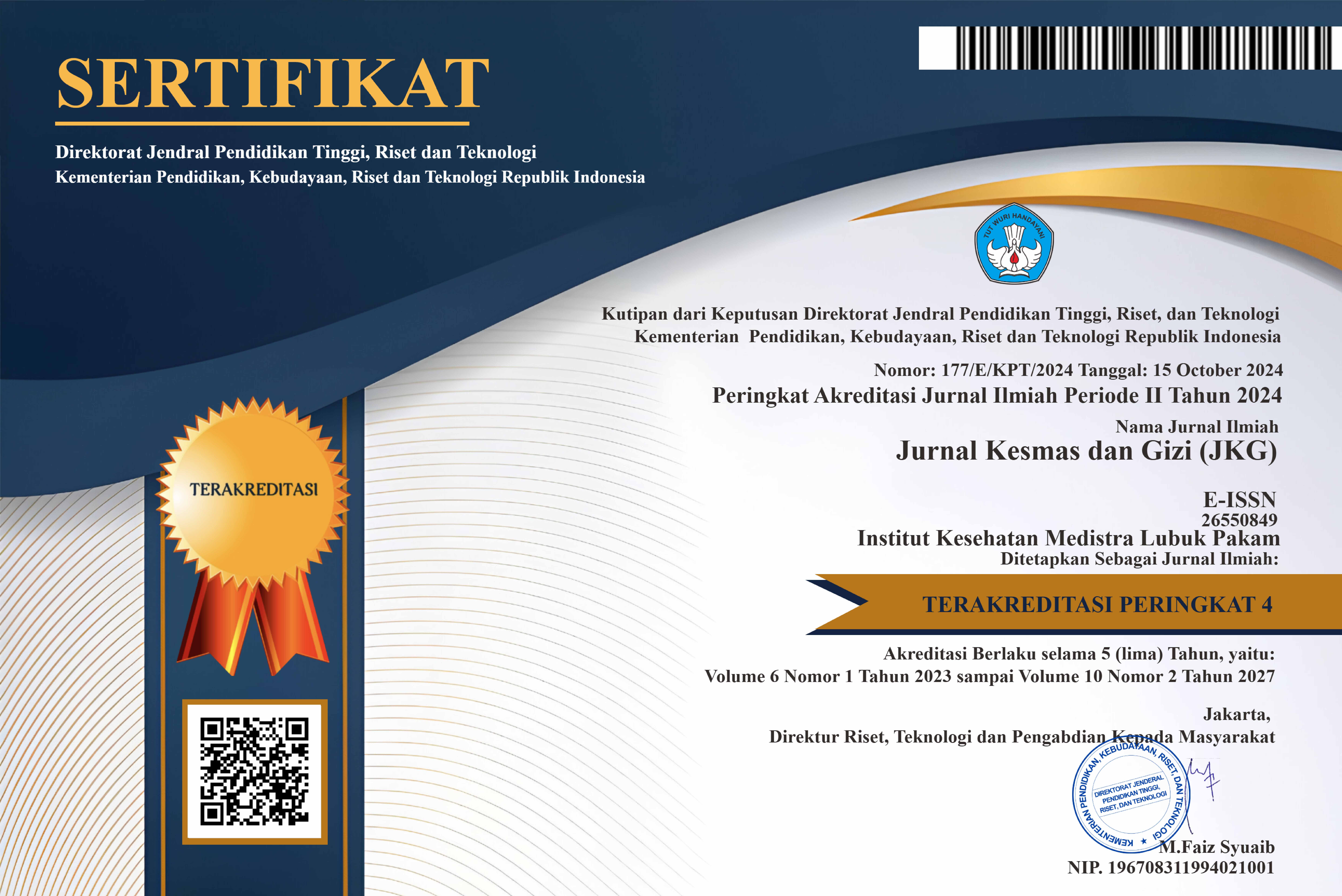Direct PCR for Escherichia coli: a straightforward and cost-effective method
DOI:
https://doi.org/10.35451/jkg.v7i2.2606Keywords:
Colony, Direct PCR, DNA extraction, E. coliAbstract
This study compares the direct PCR method with standard PCR to detect Escherichia coli. Escherichia coli is the most widely used organism in biology. Detection of E. coli in water and food is routinely performed, utilizing methods like PCR. The initial stage of PCR preparation involves DNA extraction, which requires a commercial kit. Consequently, this extraction process incurs additional expenses, time, and labor. Therefore, an alternative method is needed, such as direct PCR, which can circumvent the need for DNA extraction. The PCR process facilitates lysis of the bacterial cell wall, releasing nucleic acids, which can then be amplified by Taq polymerase. For the PCR procedure, two groups were formed, each comprising three replicates of the reaction with different DNA templates. The first group utilized a direct culture of Escherichia coli, while the second group incorporated the extracted DNA of Escherichia coli. Our study successfully amplified the metH gene of Escherichia coli without DNA extraction. Electrophoresis analysis revealed that the direct PCR product, sized at 300 bp, appeared more pronounced than the standard PCR product. The findings of this research demonstrated direct PCR as an alternative for detecting Escherichia coli, which would lead to reductions in costs, time, and labor.
Downloads
References
Song F, Kuehl J V, Chandran A, Arkin AP. A simple, cost-effective, and automation-friendly direct PCR approach for bacterial community analysis. mSystems [Internet]. 2021;6(5). Available from: https://doi.org/10.1128/mSystems.
Flint A, Laidlaw A, Li L, Raitt C, Rao M, Cooper A, et al. Choice of DNA extraction method affects detection of bacterial taxa from retail chicken breast. BMC Microbiol. 2022;(1).
Salam MA, Al-Amin MY, Pawar JS, Akhter N, Lucy IB. Conventional methods and future trends in antimicrobial susceptibility testing. Saudi Journal of Biological Sciences. Elsevier B.V. 2023; (30).
Perdana TM, Dwiputro AH, Wijaya YOS, Satoto TBT. Pengaruh Enzim Taq Polimerase dan Suhu Annealing terhadap Amplifikasi Gen Tropomyosin Sarcoptes scabiei. Jurnal Kedokteran dan Kesehatan [Internet]. 2024;20 (2). Available from: https://jurnal.umj.ac.id/index.php/JKK
Liu Y, Chen J, Cheng Y, Li Y, Li X, Zhang Z, et al. A simple and rapid technique of template preparation for PCR. Front Microbiol. 2022; 10(13).
Sophian A, Purwaningsih R, Muindar M, Igirisa EPJ, Amirullah ML. Use of direct PCR technique without DNA extraction in confirmation test for Salmonella typhimurium bacteria on meatball samples. Borneo Journal of Pharmacy. 2021; 4(4):324–32.
Grigorov E, Kirov B, Marinov MB, Galabov V. Review of microfluidic methods for cellular lysis. Micromachines. MDPI AG. 2021; (12).
Green MR, Sambrook J. Polymerase chain reaction. Cold Spring Harb Protoc. 2019; 1 (6):436–56.
Tao ZY, Zhang PY, Zhang L, Li CC, Hu R, Zhu HW, et al. The comparison of PCR kits for the detection of erythrocytic parasites on filter paper. J Trop Med. 2022.
Ruiz N, Silhavy TJ. How Escherichia coli became the flagship bacterium of molecular biology. J Bacteriol. 2022; 204(9).
Morão LG, Manzine LR, Clementino LOD, Wrenger C, Nascimento AS. A scalable screening of E. coli strains for recombinant protein expression. PLoS One. 2022;17.
Lehniger L, Rudloff A, Pollok S, Große N, Wessel K, Brendel M, et al. A model system for sensitive detection of viable e. Coli bacteria combining direct viability pcr and a novel microarray-based detection approach. Chemosensors. 2021; 9(12).
Maharani NE, Sari DP, Permatasari AP. Relationship of Sanitation and Behavior of Food Handlers with Escherichia coli Contamination in Snack Food in the Pringgondani Field Wonogiri. Jurnal Kesehatan Masyarakat & Gizi. 2022; 5(1):182–7.
Kadri K. Polymerase Chain Reaction (PCR): Principle and Applications. In: Synthetic Biology - New Interdisciplinary Science [Internet]. IntechOpen; 2020. Available from: https://www.intechopen.com/books/synthetic-biology-new-interdisciplinary-science/polymerase-chain-reaction-pcr-principle-and-applications
Hariri S. Detection of Escherichia coli in food samples using culture and polymerase chain reaction methods. Cureus. 2022; 14(12).
Kai S, Matsuo Y, Nakagawa S, Kryukov K, Matsukawa S, Tanaka H, et al. Rapid bacterial identification by direct PCR amplification of 16S rRNA genes using the MinIONTM nanopore sequencer. FEBS Open Bio. 2019; 9(3):548–57.
Fitriyah F, Faramitha Y, Sari DA, Kresnawaty I, Panji T, Santoso D. Improved direct lysis PCR amplification method of microalgal culture for sequencing and species identification. In: IOP Conference Series: Earth and Environmental Science. IOP Publishing Ltd; 2021.
Mazlan AH, Muhamad Najib MHA, Hassan MH, Mohd Hatta FH, Yusoff RM. Effect of DNA template concentration on standard polymerase chain reaction. International Journal of Pharmaceuticals, Nutraceuticals and Cosmetic Science [Internet]. 2024; 7(1):1–11. Available from: https://ir.uitm.edu.my/id/eprint/94561/
Roncaglia B, Papini A, Chini Zittelli G, Rodolfi L, Tredici MR. Cell wall and organelle modifications during nitrogen starvation in Nannochloropsis oceanica F&M-M24. J Appl Phycol. 2021; 33(4):2069–80.
Oldewurtel ER, Kitahara Y, Cordier B, Wheeler R, Özbaykal G, Brambilla E, et al. Cell envelope growth of Gram?negative bacteria proceeds independently of cell wall synthesis. EMBO J. 2023; 42 (14).
Wong F, Amir A. Mechanics and dynamics of bacterial cell lysis. Biophys J. 2019; 116(12):2378–89.
Pesce C, Kleiner VA, Tisa LS. Simple colony PCR procedure for the filamentous actinobacteria Frankia. Antonie van Leeuwenhoek, International Journal of General and Molecular Microbiology. 2019; 112(1):109–14.
Downloads
Published
Issue
Section
License
Copyright (c) 2025 Desy Aryani Harahap, Zulham Yamamoto, Sry Suryani Widjaja, Evita Mayasari

This work is licensed under a Creative Commons Attribution 4.0 International License.
Copyright in each article is the property of the Author.


























